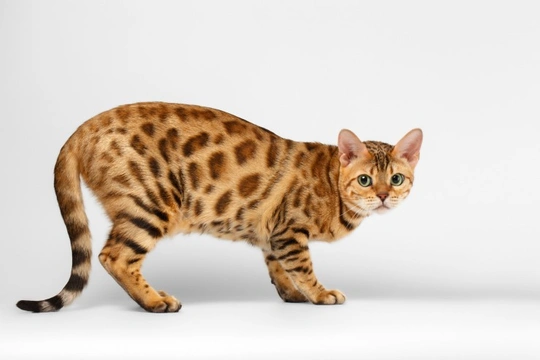
Cat Breeding: Is it the Right Choice for You?
Is Cat Breeding Right for You?
Sharing your home with pedigree cats can be rewarding, and contemplating breeding them yourself is a significant step. Before you begin, it's essential to reflect on your motivations and readiness for this commitment. Whether you've met other cat breeders by showing your cats or are new to breeding, seeking advice from the breeders of your cats or local cat clubs is invaluable.
Financial Realities of Breeding Pedigree Cats
While many assume cat breeding to be a lucrative hobby, it requires considerable investment and ongoing costs. Despite initial purchases that can feel costly, breeding rarely generates significant profit. Expenses include stud fees, travel, extensive health checks, and additional veterinary care that pet insurance may not cover. Feeding and vaccinating kittens also add to financial responsibilities. Expect the possibility of breaking even rather than making profit.
Why Avoid Breeding Non-Pedigree Cats
It is generally discouraged to breed non-pedigree cats, given the large number of wonderful cats needing homes through animal sanctuaries. Many rescued cats have faced hardship, and breeding more non-pedigree kittens can inadvertently reduce adoption opportunities for these homeless animals. Moreover, uncontrolled mating risks transmitting sexually transmitted feline diseases, some difficult to treat, especially if a female mates with an unknown tomcat in the neighbourhood.
Spaying and Breeding Timing Considerations
The myth that female cats need a litter before being spayed is untrue. Female kittens should be spayed at around six months old, when deemed suitable by your vet, if not intended for breeding. Entire female cats often become preoccupied with mating behaviours, which may impact affectionate interactions, regardless of pedigree. They may wander extensively during heat, accompanied by loud vocalisations known as "calling," attracting local tomcats. If breeding, plan to keep your female indoors and wait until she is at least nine months old to allow physical maturity. Avoid letting your female have excessive heat cycles before mating, as it can lead to health issues such as ovarian cysts, potentially ending breeding potential. Sexual maturity varies with breed and individual lineage, so consult your breeder for specific guidance.
Pedigree Verification and Breed Registration
Breeding cats without full pedigree papers is challenging. Stud owners usually require proof of pedigree to avoid close inbreeding, which can cause severe health problems. If you have a pedigree-like cat without papers, obtaining duplicate registration from the Governing Council of the Cat Fancy (GCCF) might be possible but is not guaranteed. GCCF breeders register kittens on either the Active or Non-Active register. The Active register allows breeding and kitten registration; the Non-Active register means kittens should not be bred from due to faults or genetic concerns, though they can make excellent pets. Other registries include The International Cat Association (TICA), which also registers cats as "Not for Breeding," and the Fédération Internationale Féline (FIFe), known in the UK as Felis Britannica.
The Time Commitment of Cat Breeding
Breeding requires significant time availability. If your work involves long or inflexible hours or frequent travel, it may not suit your lifestyle. Kittens bring unpredictability, requiring close monitoring during birth and early life to ensure their health and proper feeding. Cats may also require midday checks as kittens grow. Frequent family holidays can complicate breeding schedules since neutered pets can be left in kennels or cared for by neighbours, but breeding cats demand more hands-on care and attention.
Final Thoughts: Responsible Breeding and Loving Pets
Not everyone is suited to cat breeding, and that’s perfectly okay. You can enjoy your cats deeply as much-loved pets or exceptional show cats without becoming a breeder. Responsible ownership always comes first, prioritising your cats’ health and welfare regardless of breeding ambitions.
For those looking for Maine Coon kittens or other pedigree kittens, considering reputable breeders who prioritise health and responsible breeding practices is key. Always research and ask questions before proceeding.



